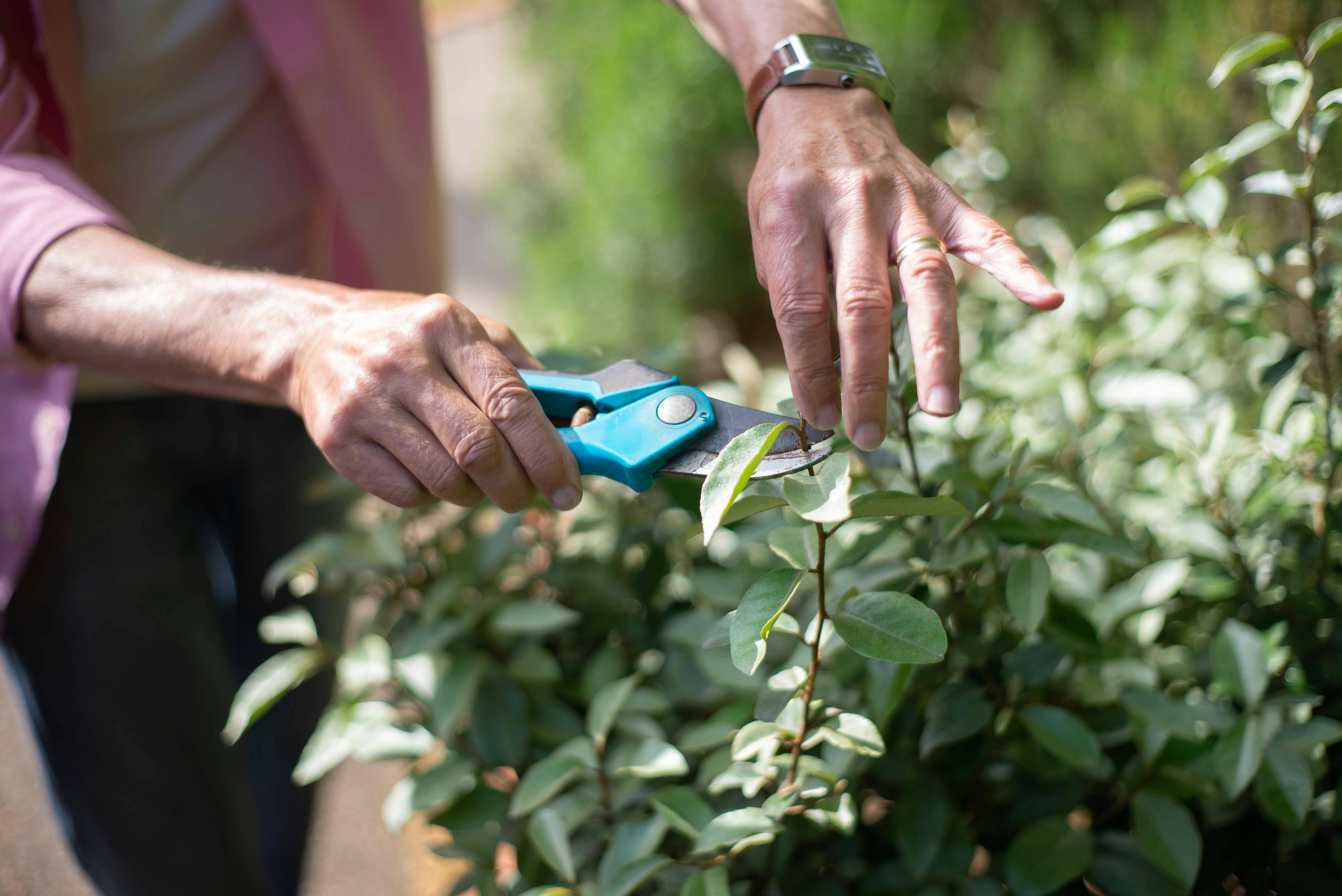Low-Maintenance Garden for Busy Families
Discover how to create a beautiful low-maintenance garden that saves time and effort. Learn about easy-care plants, smart designs, and expert tips.

For homeowners with hectic schedules, maintaining a garden can feel like another chore. However, a low-maintenance garden can provide a lush, inviting space without constant upkeep.
By selecting the right plants, implementing smart design strategies, and making a few key decisions, you can create a stunning outdoor space that thrives with minimal effort.
Choosing the Right Plants
A well-planned garden starts with selecting the right plants. Drought-tolerant and native plants are excellent choices since they require less water and are naturally adapted to local conditions. Here are some great options:
- Groundcovers: Replace traditional lawns with groundcovers like dichondra, native violet, creeping thyme, or clover to eliminate mowing.
- Climbing Plants: Use runner beans, passionfruit, or jasmine to add greenery to fences and trellises.
- Flowering Shrubs: Lavender, nasturtium, and agapanthus provide vibrant colours with minimal care.
- Edible Plants: A layered garden with a citrus tree, blueberry shrub, and strawberries can offer fresh produce with little effort.
- Native Australian Plants: Opt for Banksia, Callistemon (bottlebrush), Acacia Limelight, and Lilly Pillies for low-maintenance beauty.
 (Image source: Pexels)
(Image source: Pexels)
Lawn Alternatives
Traditional grass lawns require frequent watering, mowing, and fertilising. Instead, consider:
- Meadow Lawn Groundcover: A mix of wildflowers and low-growing plants creates a natural, no-mow alternative.
- Buffalo Grass: If you prefer a lawn, buffalo grass is an easy-care option that requires less maintenance than couch grass.
- Mulch Beds: Replace large lawn areas with mulch beds and drought-resistant plants to reduce upkeep.
Smart Garden Design
Designing your garden with efficiency in mind makes it even easier to maintain. Here’s how:
- Use Curved Garden Beds: These make mowing simpler and add an organic look to your yard.
- Group Plants by Water Needs: This minimises watering time and conserves resources.
- Install an Irrigation System: A drip irrigation system or soaker hoses ensure plants receive consistent watering without daily effort.
- Raised Garden Beds: These make gardening easier, especially if you have limited space or mobility concerns.
- Trellises and Vertical Gardens: Grow climbing plants on trellises to maximise space and reduce weeding.
Mulching
Mulch is a game-changer for low-maintenance gardens. Applying a layer of mulch around plants helps:
- Retain moisture, reducing the need for frequent watering
- Suppress weeds, cutting down on garden upkeep
- Improve soil health over time
 (Image source: Pexels)
(Image source: Pexels)
Budgeting for Your Low-Maintenance Garden
Your budget plays a big role in determining the type of garden you can create. To keep costs down:
- Buy Tube Stock Plants: These are cheaper than mature plants and establish quickly.
- Use Local Natives: Native plants are not only low-maintenance but also more affordable than exotic species.
- DIY Where Possible: Simple tasks like spreading mulch or installing a trellis can be done without professional help.
Why Hiring a Gardener Might Still Be Worth It
While a low-maintenance garden significantly reduces work, it doesn’t eliminate it entirely. A gardener can help with seasonal tasks like pruning, mulching, and pest control, ensuring your garden stays in top shape year-round.
If you’re short on time, consider hiring a professional through ServiceSeeking.com.au—it’s a quick and reliable way to find an experienced gardener who understands your needs.
A low-maintenance garden is the perfect solution for busy families who want a beautiful outdoor space without spending hours on upkeep.
And if you ever need an extra hand, finding a gardener on ServiceSeeking.com.au is an easy way to keep your garden looking its best all year round.
